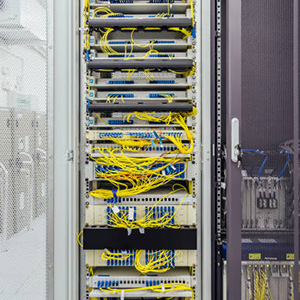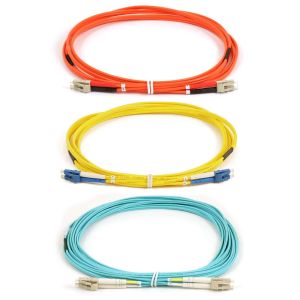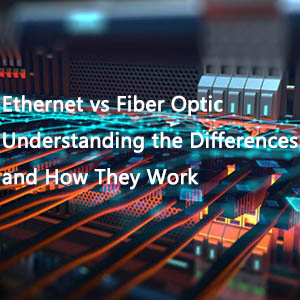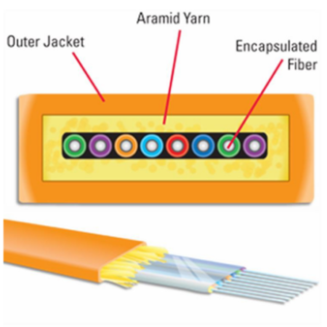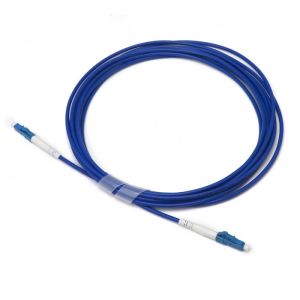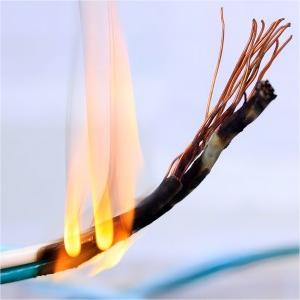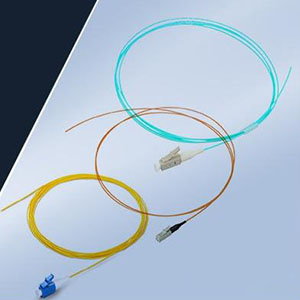Fiber optic pigtails are important components in fiber optic communication systems. They are used to fuse optical cables with equipment. Their quality and model are crucial to the performance of the entire network. According to different application scenarios and requirements, there are a variety of fiber optic pigtails to choose from.
Common classification methods include fiber type, connector type, and structural form. For example, according to the fiber type, they can be divided into single-mode fiber optic pigtails and multi-mode fiber optic pigtails; according to the connector type, they can be divided into SC, LC, FC, ST and other pigtails; according to the number of cores, there are single-core, dual-core and multi-core pigtails. The choice of these models directly affects the transmission efficiency, stability and reliability of the fiber optic network.
Understanding the different models and characteristics of fiber pigtails can help users better match system requirements in practical applications and ensure efficient and stable fiber optic communications. In the following article, we will discuss in detail the characteristics and applications of various types of fiber pigtails to help you choose the right pigtail for your fiber optic network.

FC Type Fiber Optic Pigtails
The FC type fiber optic pigtail, short for Ferrule Connector, was developed in Japan. This type of pigtail uses a metal sleeve and threaded coupling for external reinforcement and fastening. The FC type pigtail has a simple structure and is easy to operate, making it user-friendly even for beginners. However, its main drawback is susceptibility to dust interference, which can cause Fresnel reflection, thereby affecting the performance of insertion loss and return loss. This performance was significantly improved by adopting a spherical ferrule to enhance the mating surface.

SC Type Fiber Optic Pigtails
The SC type fiber optic pigtail, also developed in Japan, shares the same dimensions and structure of the pins and coupling sleeves as the EC type connector but features a rectangular housing and is secured with a plug-and-jack latch mechanism. The SC type fiber connector has several advantages, including cost-effectiveness, pressure resistance, minimal insertion loss variation, and ease of operation.
PC Type Fiber Optic Pigtails
The PC type fiber optic pigtail is widely used in telecommunications equipment, characterized by its flat connector end face. The APC type pigtail, a special variant, is particularly suitable for broadcasting and early CATV systems, with a slightly angled end face that improves the quality of TV signals. The UPC type pigtail, with lower attenuation than the standard PC type, is used in equipment with special requirements, such as internal jumpers in some ODF racks.
Other Advantages of SC Type Fiber Optic Pigtails
In addition to low insertion loss, the SC type pigtail also boasts excellent repeatability, good intermateability, and high stability.
Through the analysis of this article, we have a deep understanding of the various models of fiber pigtails and their role in different application scenarios. Whether it is single-mode or multi-mode, SC, LC or FC connectors, different models of fiber pigtails can provide ideal transmission effects in specific environments. When selecting fiber pigtails, users should match the corresponding models according to the actual application scenarios and equipment requirements to ensure the reliability and stability of network transmission.
In short, the reasonable selection of fiber pigtail can not only improve transmission efficiency, but also extend the service life of the fiber optic system. I hope this article can provide you with useful references in the purchase and use of fiber pigtails, and help you build a stable and efficient fiber optic network.

